Looking to add a little greenery to your home but don’t have a lot of space? Air plants are the perfect solution! In this blog post, we’ll tell you everything you need to know about these fascinating plants, from how to care for them to where to find them.
The air plant is a plant that grows without soil. It gets all the nutrients it needs from the air and rainwater – Bryson L.
What Are Air Plants?
Do you have a spot in your home that could use a little bit of life? Maybe a windowsill that could use a splash of color? Or a corner that could use a bit of greenery? If so, then an air plant might be the perfect solution!
Air plants are unique, and they don’t need soil to grow. Instead, they get their nutrients from the air and water. It makes them very easy to care for and the perfect plant for someone who doesn’t have much time to water and fertilize their plants.
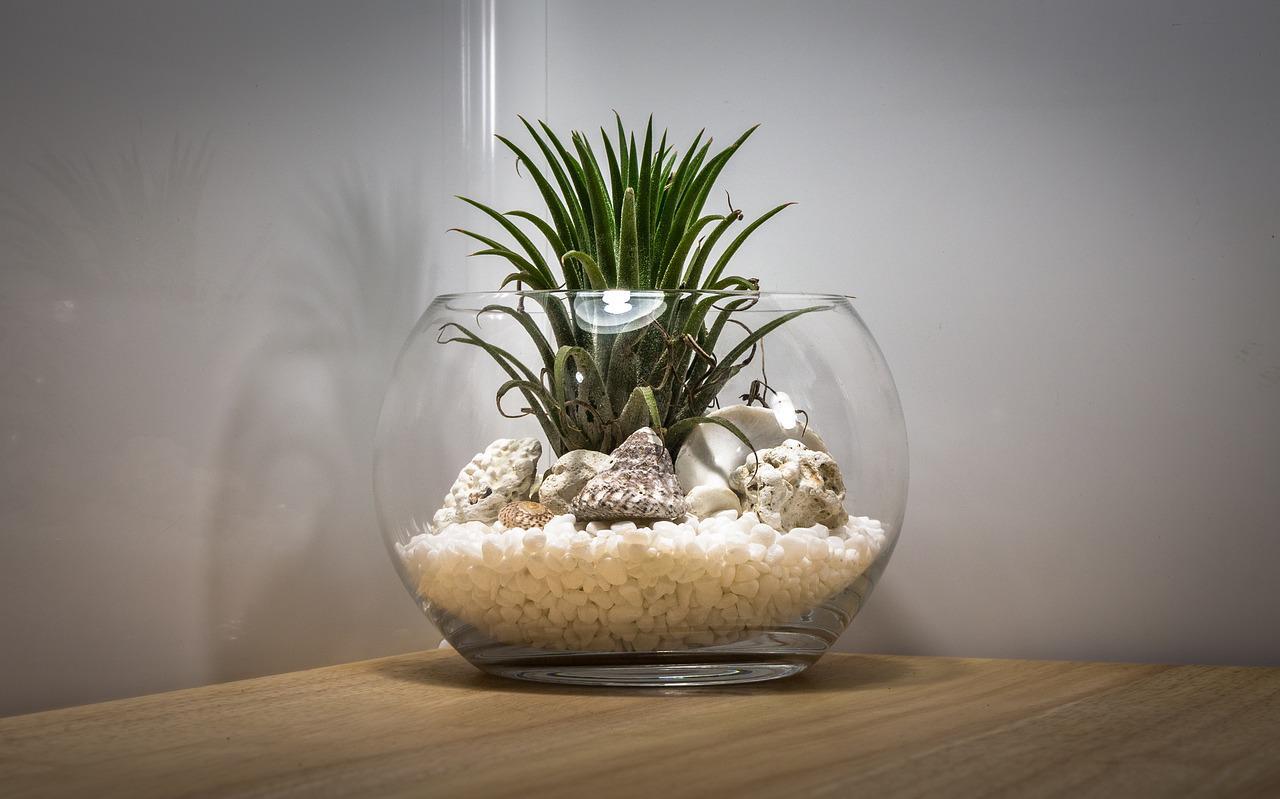
Credit: Pixabay
So, if you’re looking for a low-maintenance plant to add to your home, an air plant is a great option! Just be sure to give it bright, indirect light and plenty of water, and it will thrive.
There are lots of different types of air plants, so you can find one that fits your style. And since they don’t need much care, they make a great gift for plant lovers.
The Benefits Of Air Plants
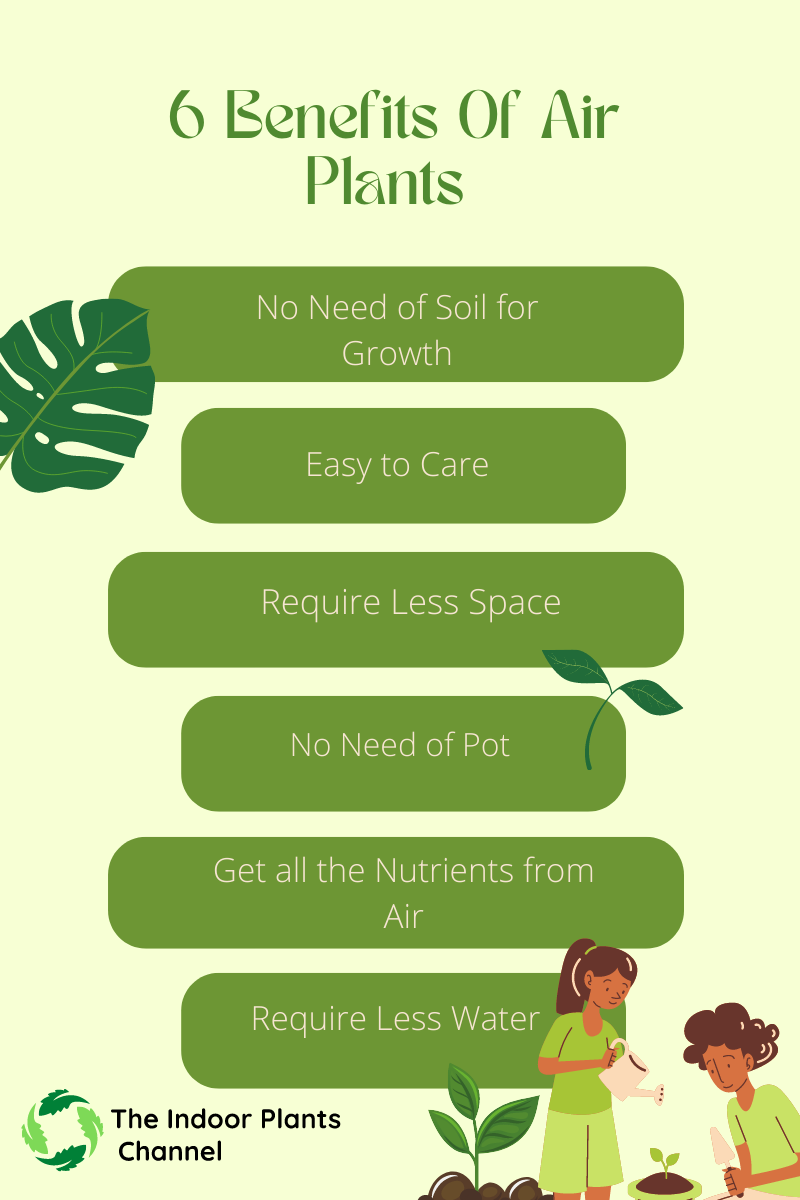
- Air plants are a type of plant that doesn’t need soil to grow. They get all the nutrients they need from the air, which is why they’re also called epiphytes.
- Air plants are a good choice for people who don’t have a lot of space since they don’t need a pot or anything else to grow.
- They’re also easy to care for – you just need to mist them with water a few times a week.
How To Care For Air Plants
Air plants are a great way to add a touch of nature to your home. They are easy to care for and make a great addition to your home. With a little care, they will thrive and bring you years of enjoyment.
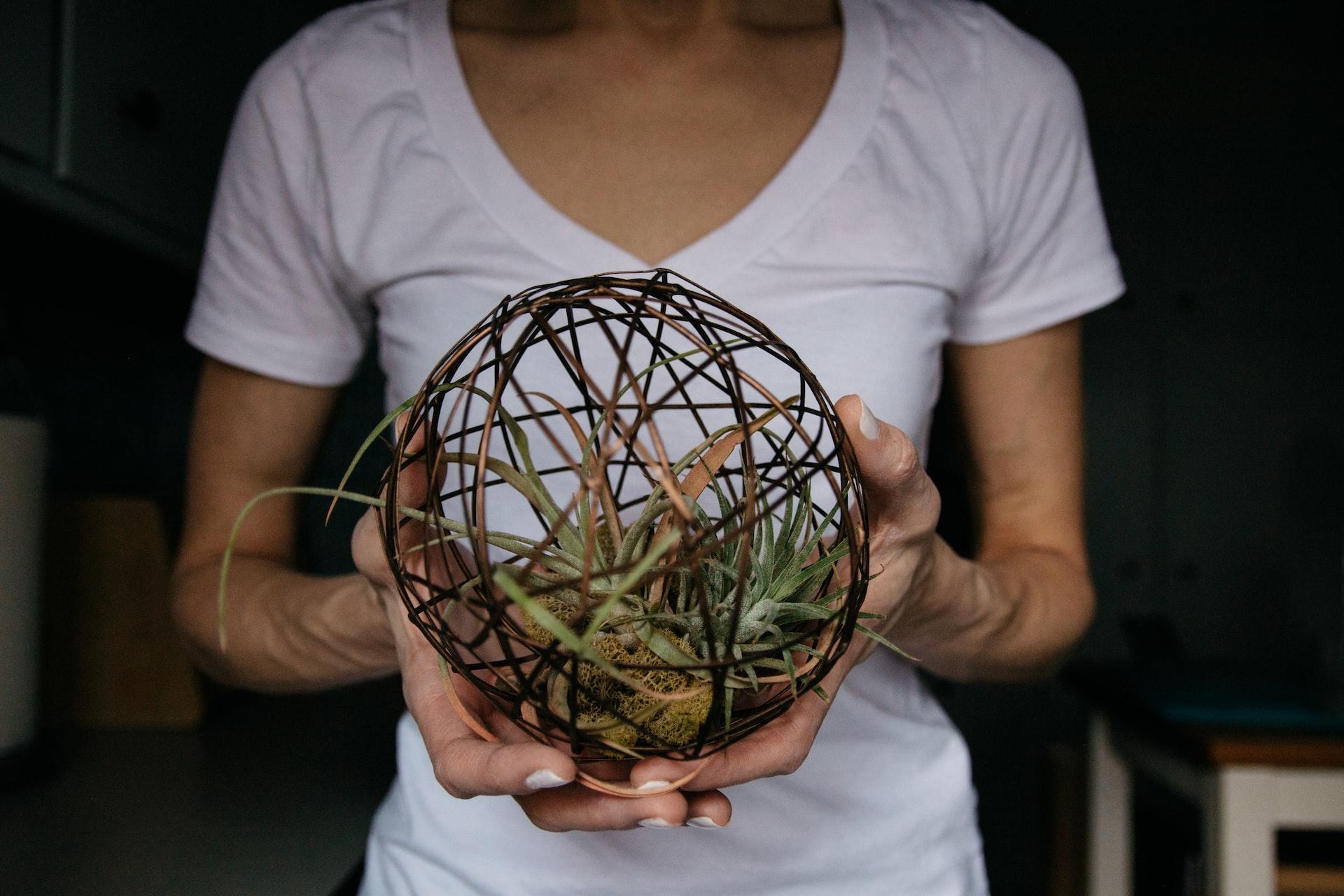
Credit: Unsplash
To care for your air plant, just mist it every few days. You can also soak your air plant in water for a few hours. You can do this every week. Let your air plant dry out completely before misting it again.
They need bright, indirect light to grow. So, if you live in a sunny climate, you can put your air plant outside in a shady spot, and if you live in a colder climate, you can put your air plant near a window.
How Much Light Do Air Plants Need?
One of the most common questions about air plants is “how much light do they need?” The answer is that air plants need bright, indirect light to thrive. It means they should be in a spot such as a window where they will get plenty of light, but don’t place them in direct sunlight.
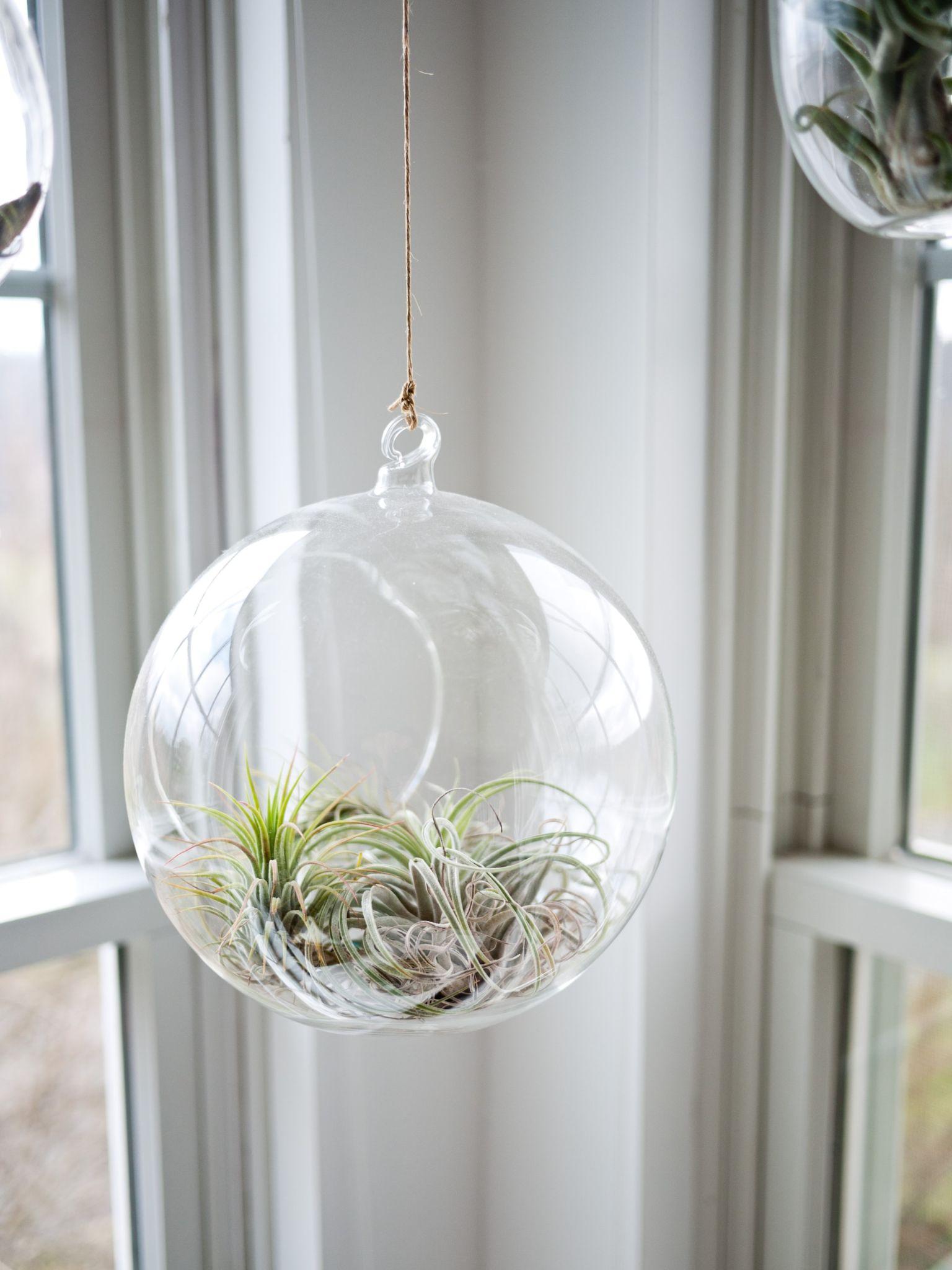
Credit: Unsplash
Too much light can be just as harmful as too little light. If your air plant is getting too much light or is in direct sunlight, it will start to turn brown and dry out. So, if you live in a sunny climate, you may need to provide shade for your air plants to prevent them from getting too much sunlight.
The Best Air Plants For Low Light
If you’re looking for an air plant that can thrive in low light conditions, there are a few different options from which you can choose. Tillandsia cyanea, Tillandsia stricta, and Tillandsia caput-medusae are all good choices for areas with low light.
Tillandsia cyanea
Tillandsia cyanea is a beautiful air plant that is native to Mexico. It has long, thin leaves that are deep green. Although Tillandsia cyanea can survive in low-light conditions but thrives best in direct, bright light.
Tillandsia stricta
Tillandsia stricta is native to Central and South America and is another good choice for low light conditions. It has thick, stiff leaves that are typically green or yellow. They can tolerate low light but grow best in bright, indirect light.
Tillandsia caput-medusae
Tillandsia caput-medusae is a unique air plant that is native to Brazil. It gets its name from its resemblance to the Medusa head. They can also tolerate low light but grow best in bright, indirect light.
The Best Air Plants For Bright Light
Air plants are the best choice for people who want to add some greenery to their homes but don’t want to deal with the hassle of traditional plants.
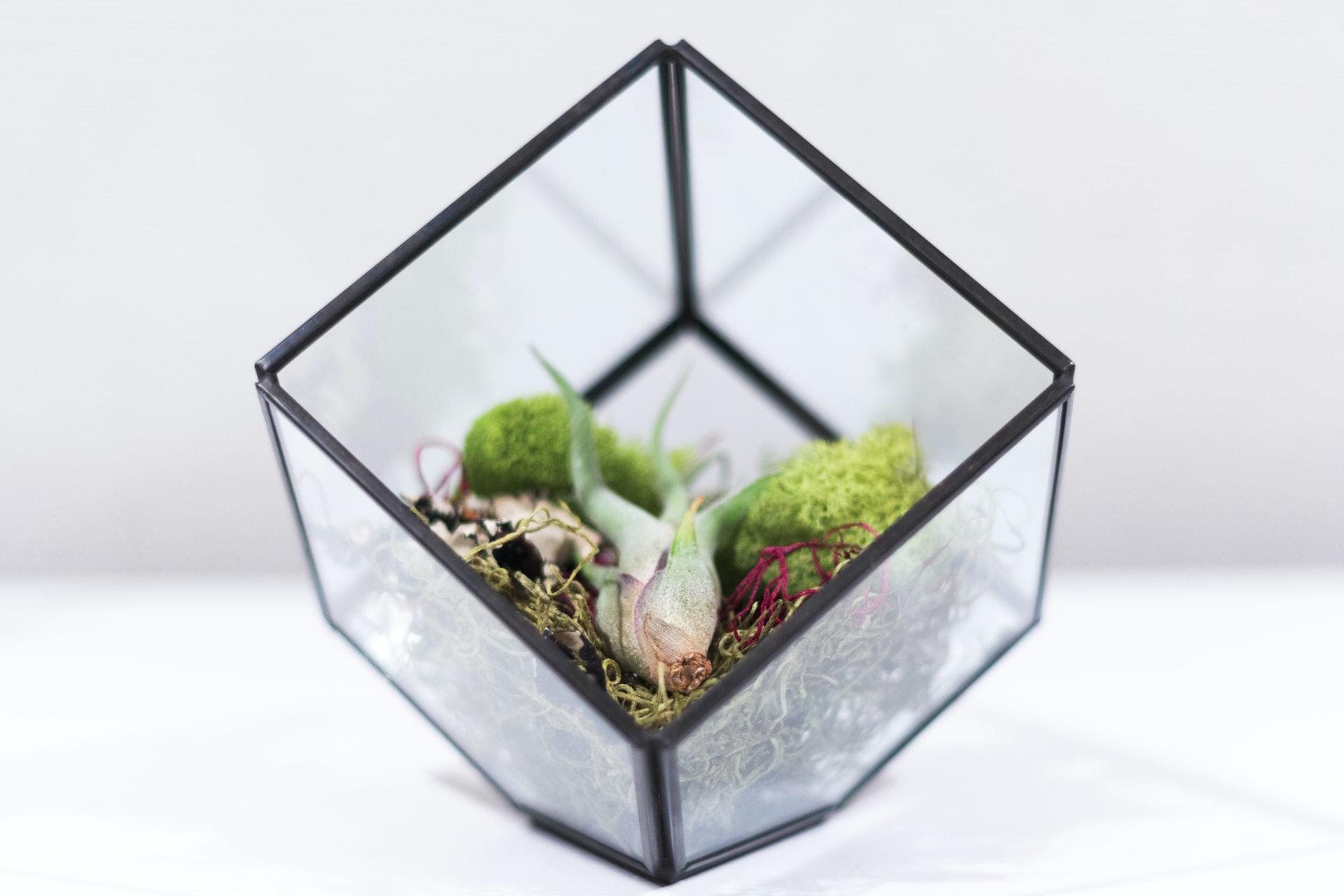
Credit: Unsplash
There are many different types of air plants, and some are better suited to bright light than others. Here are four of the best air plants for bright light:
1. Tillandsia cyanea
2. Tillandsia ionantha
3. Tillandsia usneoides
4. Tillandsia caput-medusae
How To Water Air Plants
Air plants need light to grow, but they also need to be watered. They don’t have roots like other plants, so they can be a little tricky to water. But with a little care, you can keep your air plant healthy and hydrated.
Here are some tips on how to water air plants:
- Soak your air plant in a bowl full of water for 5-10 minutes.
- After soaking for 5-10 minutes, shake off the excess water and place the air plant in a well-ventilated area to dry.
- Water your air plant 1-2 times a week, depending on the humidity and temperature.
- If you live in a dry climate, you may need to water your air plant more often.
- The plant leaves also describe how often you should water your plants. If the leaves of your air plant start to turn brown, it’s a sign that it’s not getting enough water.
Following these tips will help you keep your air plant healthy and hydrated.
How To Fertilize Air Plants
Air plants don’t require soil to grow. Instead, they get their nutrients from the air, rain, and dust. Because of this, they don’t need to be fertilized as often as other plants. If you want to fertilize your air plant, it’s important to use a fertilizer that is specifically designed for air plants.
There are two methods to fertilize air plants.
- Foliar feeding is when you apply fertilizer to the leaves of the plant. It is the most common method, as it’s the easiest and most effective way to get the fertilizer to the plant.
- Root feeding is when you apply fertilizer to the roots of the plant. This method is not common as it’ll be difficult to get the fertilizer to the roots without damaging the plant.
General Guidelines For Fertilizing Air Plants
1. Too Much Fertilizer
When fertilizing air plants, it’s important to use a diluted solution because air plants are very sensitive to chemicals and can easily burn from too much fertilizer. A general rule of thumb is to use one-quarter of the recommended amount of fertilizer for other plants.
For example, if the fertilizer you’re using recommends using one tablespoon per gallon of water, you would only use one teaspoon per gallon of water for air plants.
2. Right Time for Fertilizer
It’s also important to fertilize air plants at the right time. The best time to fertilize air plants is during their growing season, which is typically from spring to fall. During this time, they will be actively growing and will be able to use the fertilizer to its fullest potential. Avoid fertilizing air plants during their dormant period, as this can damage the plant.
If you follow these guidelines, you’ll be sure to successfully fertilize your air plants and help them grow to their full potential!
How To Propagate Air Plants
Air plants are very easy to propagate!
- Snip off a piece of the plant that has at least 2-3 leaves
- Plant it in a fresh potting mix
- Keep it well watered
- Place it in a bright spot out of direct sunlight
- In a few weeks, you’ll see new growth in your air plant!
The Most Common Problems With Air Plants
The most common problems with air plants are brown tips, yellowing leaves, and root rot.
1. Brown Tips
If the tips of your air plant’s leaves are brown, it is likely because the plant is not getting enough humidity. Try misting the plant daily or setting it on a pebble tray filled with water.
2. Yellowing Leaves
Yellowing leaves can be a sign of over- or under-watering. Check the plant’s soil before watering, and water only if the soil is dry when touched.
3. Root Rot
Root rot is a common problem with air plants. It is caused by too much water and can be fatal to the plant. If you think your air plant has root rot, remove it from its pot and soak the roots in water for an hour. Then, replant the air plant in a fresh, dry potting mix.
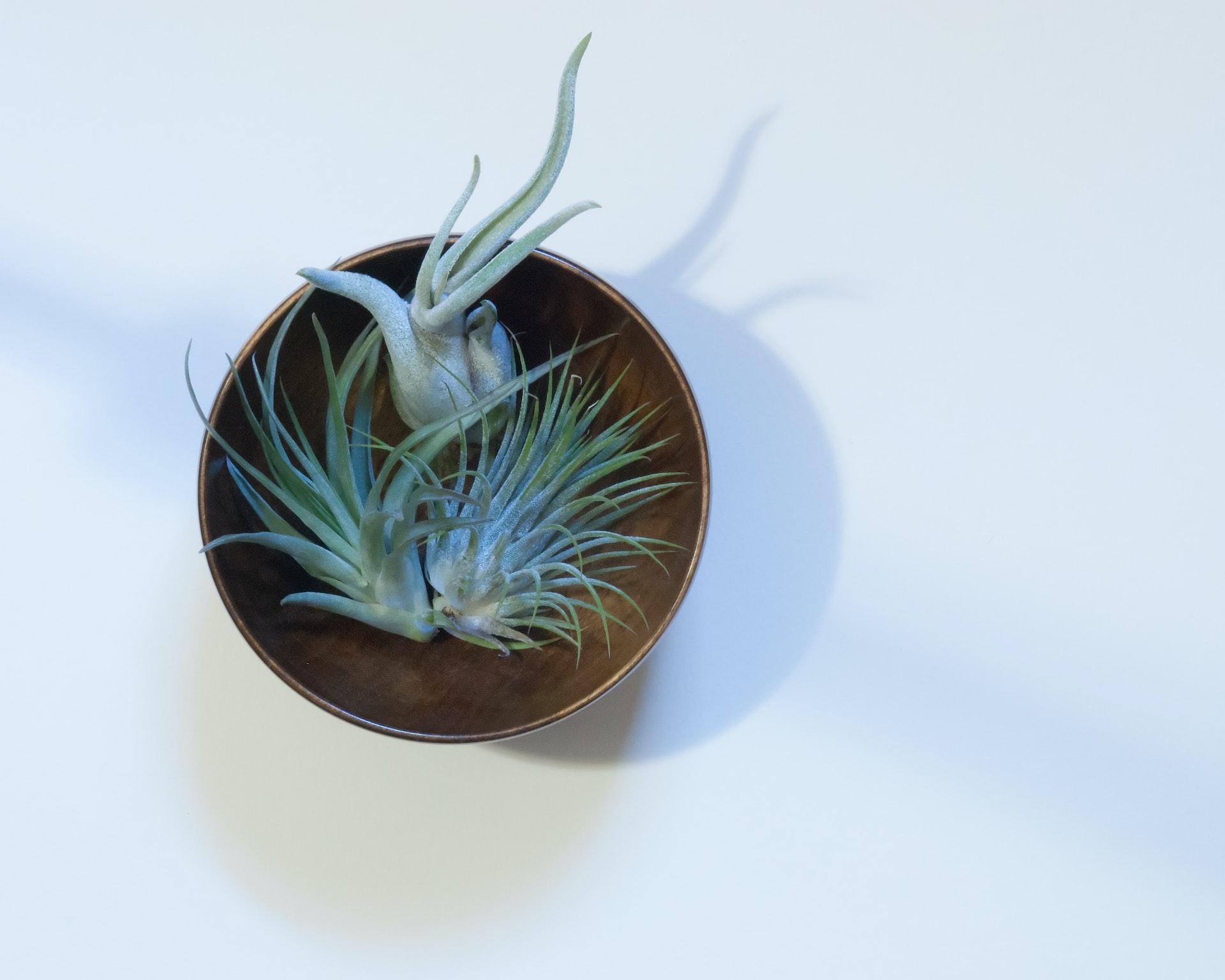
Credit: Unsplash
Expert Ideas
- Hang air plants in a bright spot
- Put them on a windowsill
- Place them near a growing light
Bonus Tip
Air plants do not need direct sunlight, but they do need bright, indirect light. If you are growing air plants indoors, make sure to place them near a window where they will receive plenty of bright, indirect light.
Frequently Asked Questions
1. What kind of light do air plants need?
It depends on the type of air plant you have. Some air plants need more light than others. If you don’t know how much light your air plant needs, a good rule of thumb is to give it about 12 hours of light per day. It can be natural light from a window or artificial light from a grow light.
2. How often do you need to water your air plant?
It depends on the type of plant, the amount of light it’s getting, and the humidity of the air. If you’re not sure how often to water your air plant, a good rule of thumb is to water it once a week. If the air around your air plant is very dry, you may need to water it more often.
Conclusion
Air plants are amazing little creatures that can brighten up any home. They are easy to care for and don’t require much attention. If you are looking for a plant that is both low maintenance and beautiful, then an air plant is the perfect choice for you.
Michelle Wilde
Related posts
1 Comment
Leave a Reply Cancel reply
![]()
About Michelle Wilde
Michelle Wilde is a stay-at-home mom and avid plant lover. Armed with a post-graduate degree in Computer Science (no kidding!), she loves researching plants and landscapes. When she is not caring for her 4 kids, she spends time on her passion for plants. She blogs at www.indoorplantschannel.com, the trusted source for indoor plants.
Learn more
Subscribe
* You will receive the latest posts and updates about indoor plants!
Search
Recent Posts
Categories
- Beginner Guides (10)
- FAQ (206)
- General (2)
- How-To Guides (212)
- Indoor Plants (214)
- Pest Management (2)
- Plant Problem Solutions (4)
- Seasonal Growing (2)
- Specialized Environments (2)
- Specific Plant Care (3)
- Technical Growing (2)
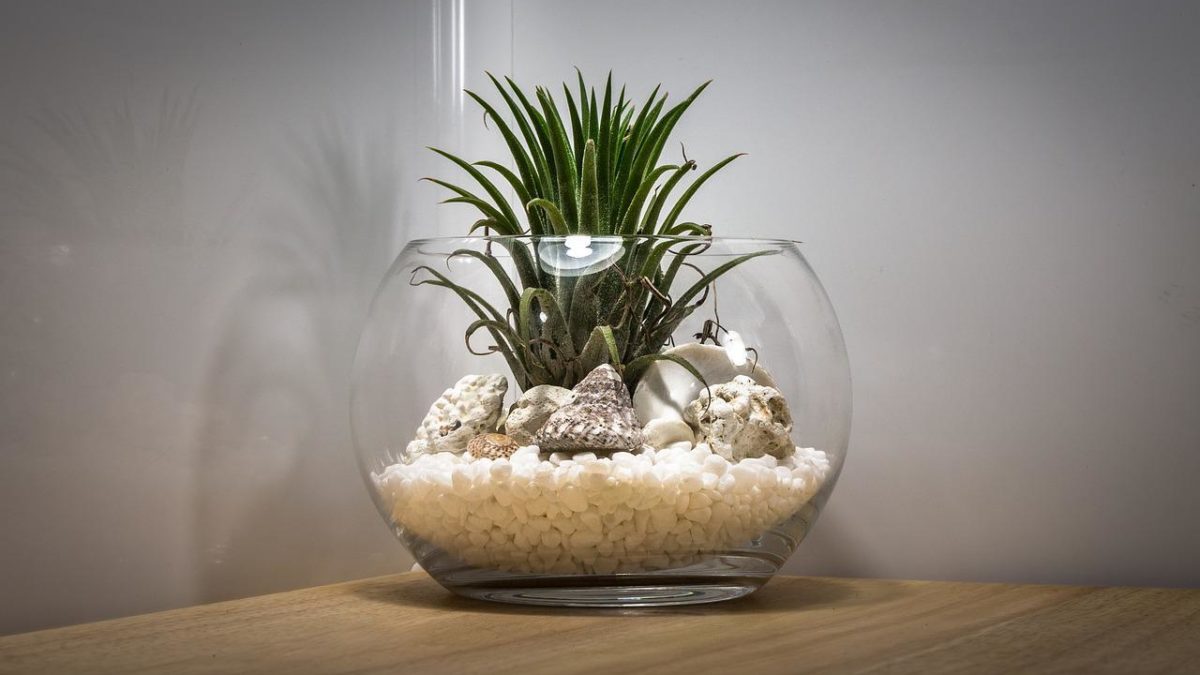
[…] Air plants are a type of plant that gets its nutrients from the air. They do not require any soil and can be mounted on a piece of Driftwood or hung from a glass globe. Water your air plant once a week by misting it with water. […]